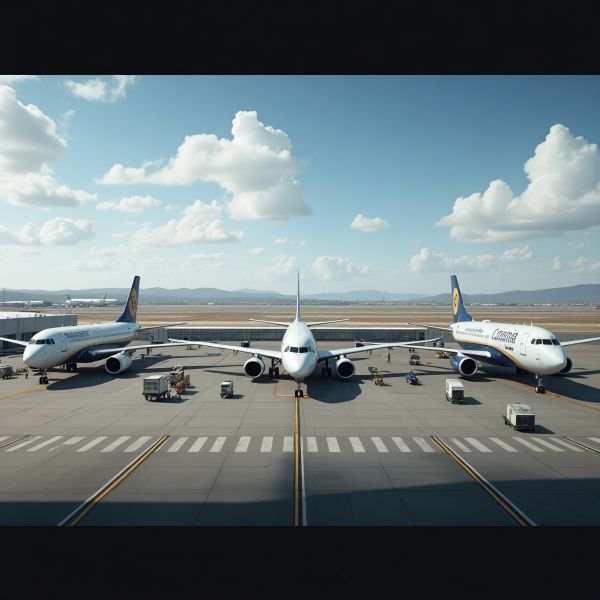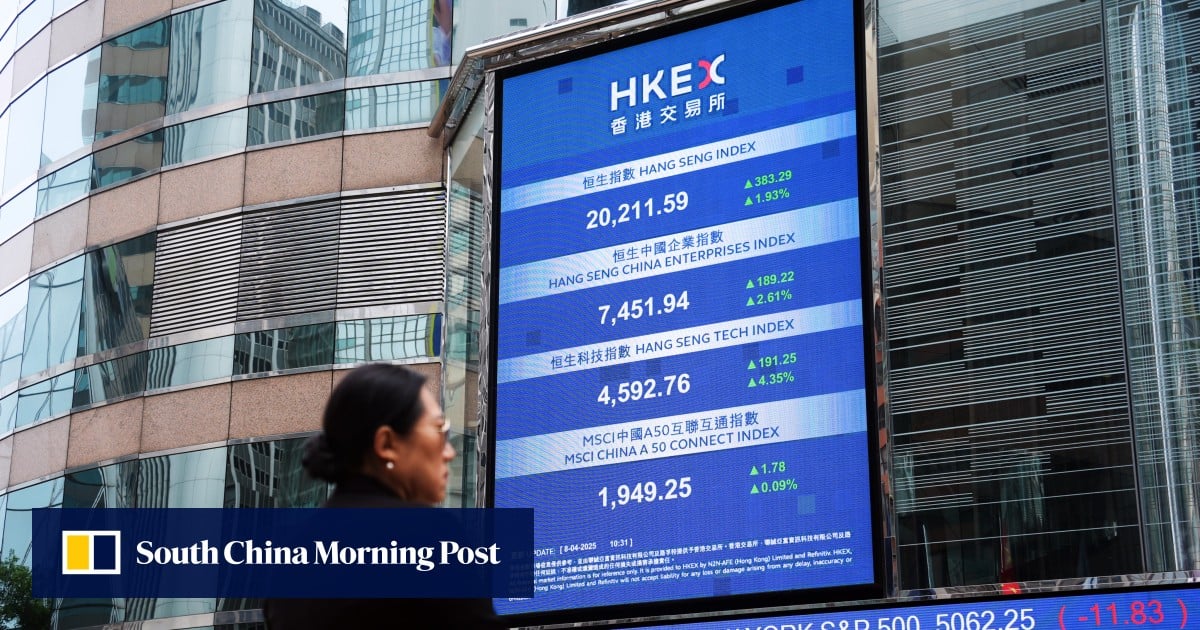Japan, China, Vietnam, Australia, Maldives, Indonesia, Thailand and Other Asia-Pacific Countries Skyrocketing More Than Twelve Percent Surge in Travel Rebounds, New Report Shows More - Travel And Tour World
Sunday, June 1, 2025

Something big is happening across the travel world—and it’s all eyes on Japan, China, Vietnam, Australia, Maldives, Indonesia, Thailand, and other Asia-Pacific countries. These destinations are no longer waiting. They are skyrocketing. The latest data reveals a more than twelve percent surge in international travel rebounds. But what’s really driving this rapid comeback? And why now?
Step by step, airports are filling. Borders are opening. Tourists are flocking. Every plane that touches down signals one thing: Asia-Pacific travel is reborn—and faster than anyone predicted. Japan is buzzing with sakura seekers. China’s cities are alive again. Vietnam’s beaches are packed. Australia is welcoming waves of visitors with open arms. Maldives is glittering with luxury and romance. Indonesia and Thailand? Bursting with life.
But here’s where it gets even more thrilling—this surge isn’t just steady. It’s explosive. Behind the rebound lies a storm of activity: airlines racing to restore routes, hotels at near-capacity, and tourism boards unleashing aggressive campaigns.
Meanwhile, other Asia-Pacific countries are joining the race, pushing the momentum further. From bustling urban hubs to serene island escapes, the region is turning into the global epicenter of travel demand.
What changed? What triggered this massive leap? The answer isn’t just one event—it’s a mix of reopening policies, pent-up demand, and emotional urgency.
And this is just the beginning.
Dive deeper into the story behind this historic travel resurgence—and find out how Japan, China, Vietnam, Australia, Maldives, Indonesia, Thailand, and the rest of the Asia-Pacific are reshaping the future of global tourism.
Asia and the Pacific are back—and roaring. After years of uncertainty, grounded planes, and shuttered borders, the region is experiencing a stunning resurgence in international arrivals. In the first quarter of 2025 alone, the region saw a , soaring to . This is not just recovery—it’s a bold statement that Asia-Pacific tourism is back in action and racing toward full-scale revival.
The numbers tell a powerful story. For an industry battered by lockdowns, flight cancellations, and fluctuating travel restrictions, this 12% increase represents more than a metric. It symbolizes renewed traveler confidence, revitalized economies, and reawakened destinations. People aren’t just traveling again—they’re making up for lost time.
Among all global subregions, , clocking a remarkable . This brings the subregion to , making it the fastest-recovering area in the world right now.
With major destinations like Japan, South Korea, and China accelerating reopening efforts in late 2024, pent-up demand erupted into a booking frenzy. Cities once silent are now alive with movement—airports bustling, hotels filling, and cultural attractions regaining their spark.
This explosive growth is fueled by strategic moves. Governments fast-tracked visa simplification. Airlines rapidly reinstated key international routes. Hotels slashed prices and boosted digital convenience. These efforts combined into a frictionless, emotionally appealing travel experience that travelers craved after years of lockdown-induced inertia.
This isn’t just about numbers—it’s about , long-postponed journeys, and dream vacations finally realized. Families are reconnecting. Honeymooners are exploring again. Solo travelers are chasing adventure with a vengeance. Asia-Pacific’s rebound is driven not only by policy or economy—but by to move, to experience, to belong.
Every flight landing marks more than a travel statistic. It marks healing. For travelers. For local communities. For an industry that once came to a halt.
However, this sudden rebound hasn’t come without challenges. Major international airports in the region are . Staffing shortages, surging passenger flows, and baggage delays have become increasingly common.
Airports in Tokyo, Seoul, and Shanghai are racing to scale capacity. New terminals are opening ahead of schedule. Temporary staff is being onboarded at record speed. But the momentum is outpacing preparedness in many hubs.
Despite logistical hiccups, the regional sentiment remains positive. Travelers are showing , driven by the thrill of simply being able to fly again. Meanwhile, aviation authorities are pushing tech solutions—biometric check-ins, AI-powered baggage routing, and dynamic gate allocation—to manage the surge.
Asia-Pacific carriers, from full-service giants to lean budget airlines, are taking bold steps. Flagship routes between Asia and Europe, as well as trans-Pacific corridors, are seeing . Carriers are also introducing new inter-Asia city pairs to meet demand.
Fleet expansion, delayed during the pandemic, is now being fast-tracked. Aircraft deliveries once postponed are now being expedited to support swelling demand. Several low-cost carriers are also announcing expansions into secondary cities, democratizing access to international travel for regional residents.
The sky is no longer the limit—it’s the launchpad.
Parallel to air travel growth, . Major chains are reporting , especially in North-East Asia. Hotel development pipelines are reactivating, and luxury properties are leading the charge.
Japan’s resort towns, Korea’s coastal getaways, and China’s inland cultural hubs are seeing an influx of both international and domestic tourists. Boutique properties are cashing in on experiential travel trends, while urban hotels are wooing business travelers and digital nomads.
Dynamic pricing models are now the norm, as properties look to balance demand with sustainability. Many are also adopting green certification to align with the growing push for .
Crucial to this revival are the adopted by regional governments. Visa waivers, electronic travel authorizations, and reduced testing requirements have significantly lowered entry barriers.
Moreover, mutual travel corridors and health data interoperability agreements between countries are making . This is a huge shift from the past two years when travel often meant isolation, red tape, and uncertainty.
Governments are no longer reacting—they’re proactively supporting the sector. Investment in tourism infrastructure, airline subsidies, and marketing campaigns have all amplified the return momentum.
If current trends continue, Asia-Pacific is on track to . That’s not just a recovery—that’s a renaissance.
However, this will demand , smarter policy-making, and improved traveler experiences. The pressure is now on stakeholders to turn this short-term momentum into long-term sustainability.
Destinations must also balance the influx with environmental and cultural preservation. Overtourism remains a risk, especially in heritage sites and island ecosystems. Responsible tourism frameworks will be essential to ensure that what’s being rebuilt isn’t just business—but a .
The first quarter of 2025 has ignited what could be one of the most dramatic tourism rebounds in history. With Asia-Pacific hitting 92% of its pre-pandemic numbers and North-East Asia charging ahead, the world is once again looking east for travel inspiration.
What started as a cautious reopening has now exploded into a powerful regional surge. Travelers are moving. Borders are opening. Economies are breathing again.
This isn’t just a comeback. It’s a revolution in motion. And the journey has only just begun.











